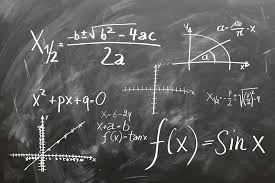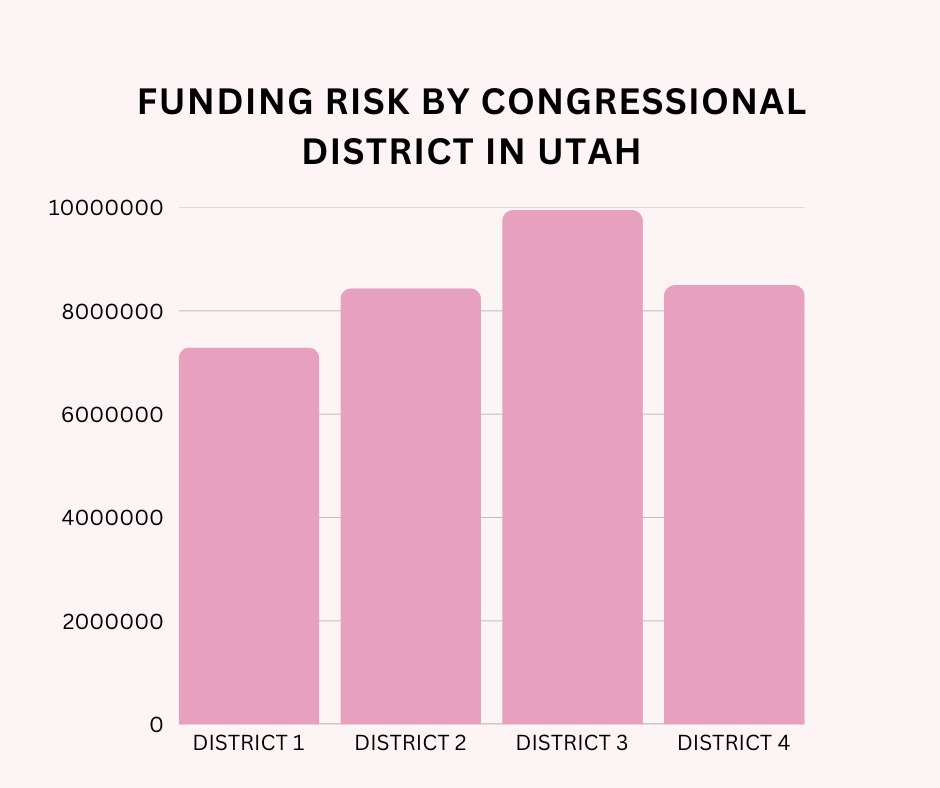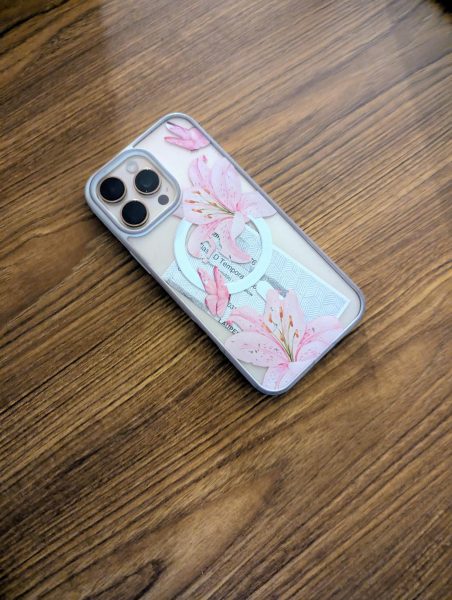The development of math and science

November 27, 2017
In the 18th century in Europe, when death tolls from diseases like tuberculosis ran most rampant, most medicine doctors, priests and citizens believed that simply breathing fresh air was the only cure. If the infection spread, instructions were to become isolated and pray the disease passed on.
Previously in a world without antibiotics or reliable care centers, treatments for diseases were based off of religious or superstitious beliefs with no basis in facts.
William Paley published Natural Theology in 1802, stating that because natural objects show evidence of design, like all mammals, the universe must have been created by a god. Paley believed that the study of nature was similar to studying the bible because both provided sufficient evidence for the existence of a god.
Nearly sixty years later, Charles Darwin proposed his theory of evolution, disrupting the idea Paley attempted to prove. This widened the gap between religious beliefs and scientific inquiries.
The question arose whether theories were used to prove facts or facts were used to prove theories.
“We are in various ways hitting the limits of what will ever be testable, unless we have misunderstood some essential point about the nature of reality,” says theoretical cosmologist George Ellis. “We have now seen all the visible universe (i.e back to the visual horizon) and only gravitational waves remain to test further; and we are approaching the limits of what particle colliders it will ever be feasible to build, for economic and technical reasons.”
And while science progresses, people revert back to natural, botanical remedies.
The University of Maryland studied this, saying “Plants have been used for medicinal purposes long before recorded history. Ancient Chinese and Egyptian papyrus writings describe medicinal uses for plants as early as 3,000 B.C.E. Indigenous cultures (such as African and Native American) used herbs in their healing rituals, while others developed traditional medical systems (such as Ayurveda and Traditional Chinese Medicine) in which herbal therapies were used.”
The Golden Age of Mathematics and Science changed perceptions from around the world for generations to come. Beginning in Greece, where humans sought to find an explanation for the natural world, Pythagoras developed equations and theories to explain the arrangement of the world, from a scientific and mathematical view.
And while math has since developed, many of the equations and theories developed near the beginning of the golden age of mathematics are still used today as their logic is infallible.
Currently, science has been turning its efforts towards agricultural acceleration by creating GMOs, or Genetically Modified Organisms, as well as alternatives to modern medical treatments.
The National Cancer Institute has been developing an alternative to radioactive treatments, known as immunotherapy, mainly being used to treat lymphoma and Leukemia.
And as technology develops, the world will grow ever stranger, filled to the brim with new and ever more exciting discoveries.
All that must be determined is how the world will face them.



